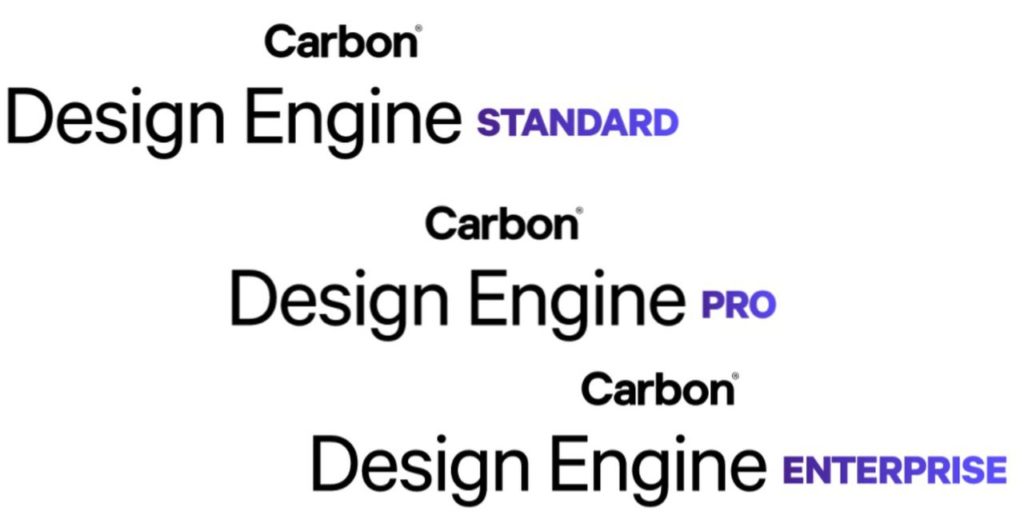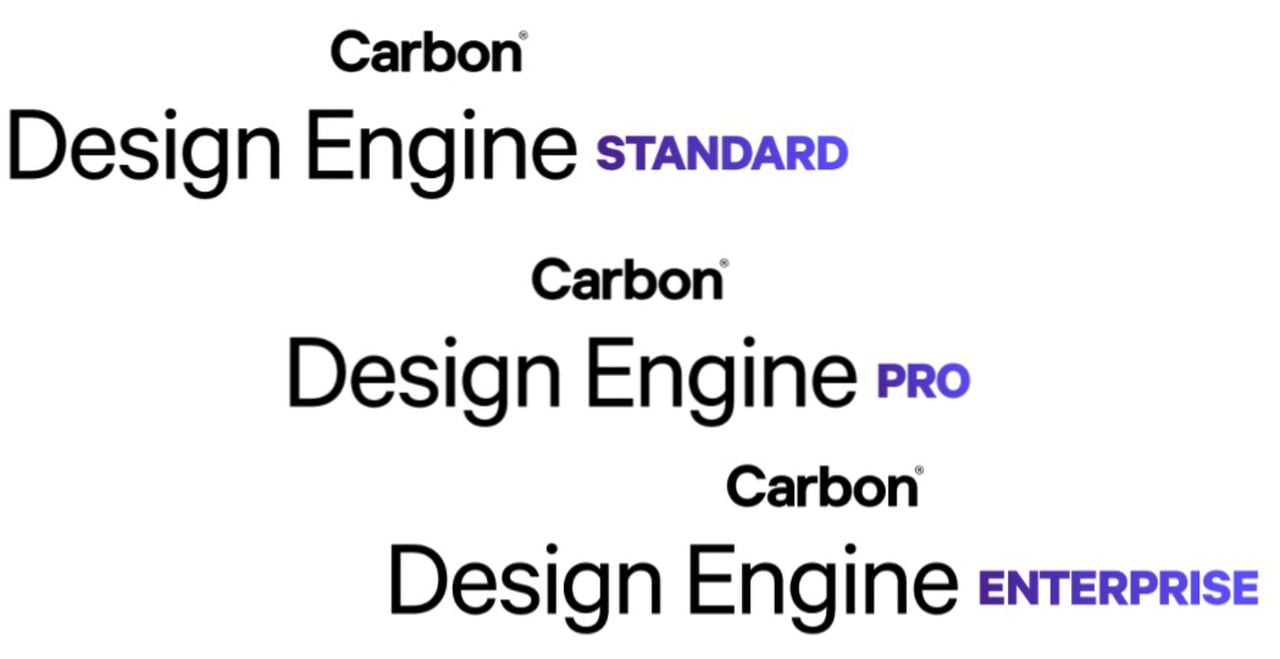
Carbon has now officially released their Design Engine software.
The 3D printer manufacturer has long been using Design Engine internally and with clients. The software tool is able to create highly complex lattice structures that are uniquely buildable by 3D printers.
For Carbon’s clients, it meant they could design objects that included differing types of lattices within the same structure. Depending on the material used, lattices can offer compressibility. By adjusting the parameters of the lattice, one can also adjust this compressibility.
With a complex lattice design it would be possible to create an object that had varying compressibility throughout it’s structure, offering the possibility of unusual function — and all done in a lightweight package due to the sparse nature of lattices.
Recently Carbon announced this unique tool would be made available to those outside of their client group, something that had never happened previously.
This was a very welcome addition, because it meant that designers could leverage the lattice capabilities without having to acquire Carbon equipment and materials, and could instead use the lattice designs on ANY 3D printer. That would include not only resin equipment similar to Carbons, but also FFF, SLS, or even metal 3D printers.
This week I noticed that the Design Engine has appeared in Carbon’s online store, so I took a look to see what it would take to use the software.
It turns out that Carbon offers Design Engine only as a subscription service, similar to several other major CAD products. There is no one-time payment option.
There are three levels of Design Engine: Standard, Pro and Enterprise. All subscriptions come with a free 30-day trial period.
The Standard level is priced at US$99 per month, and includes “5 basic lattice types”, access to a metamaterials library with thousands of sample lattices with engineering specs when using Carbon’s DLS system, as well as basic CAD design tools. This is all provided through a cloud system that does not require any hardware upgrades.
The Pro level is quite different, as it’s priced at a much higher US$799 per month. Along with all the features of Standard, Pro allows for combinations of basic lattices, and the ability to control precise aspects of the lattices by zone within a design. You can even create “lattice gradients”.
Finally, the Enterprise level appears to be the same as Pro, except that it is priced at volume levels for a team. Specific pricing must be obtained from Carbon for each scenario.
The availability of Design Engine was intended for those outside of Carbon’s normal circle, but there’s one slight issue here: the metamaterials library seems to have engineering specs for Carbon’s DLS materials. This means that while the design could be accessed and used, someone using an alternative system and materials would not know the engineering specs until printed and tested.
This limitation is perfectly understandable, however. Design Engine was built specifically for Carbon users, not other users. As such it should be expected there would be little experience on alternative equipment in the library.
However, it may be possible over time for Carbon to slowly integrate specifications for those alternative scenarios into the metamaterials library by collecting the experiences of Design Engine users. I’m not sure if there is a mechanism to do so, but it would seem to be the logical next step for Carbon to make Design Engine even more useful.
Via Carbon Store

